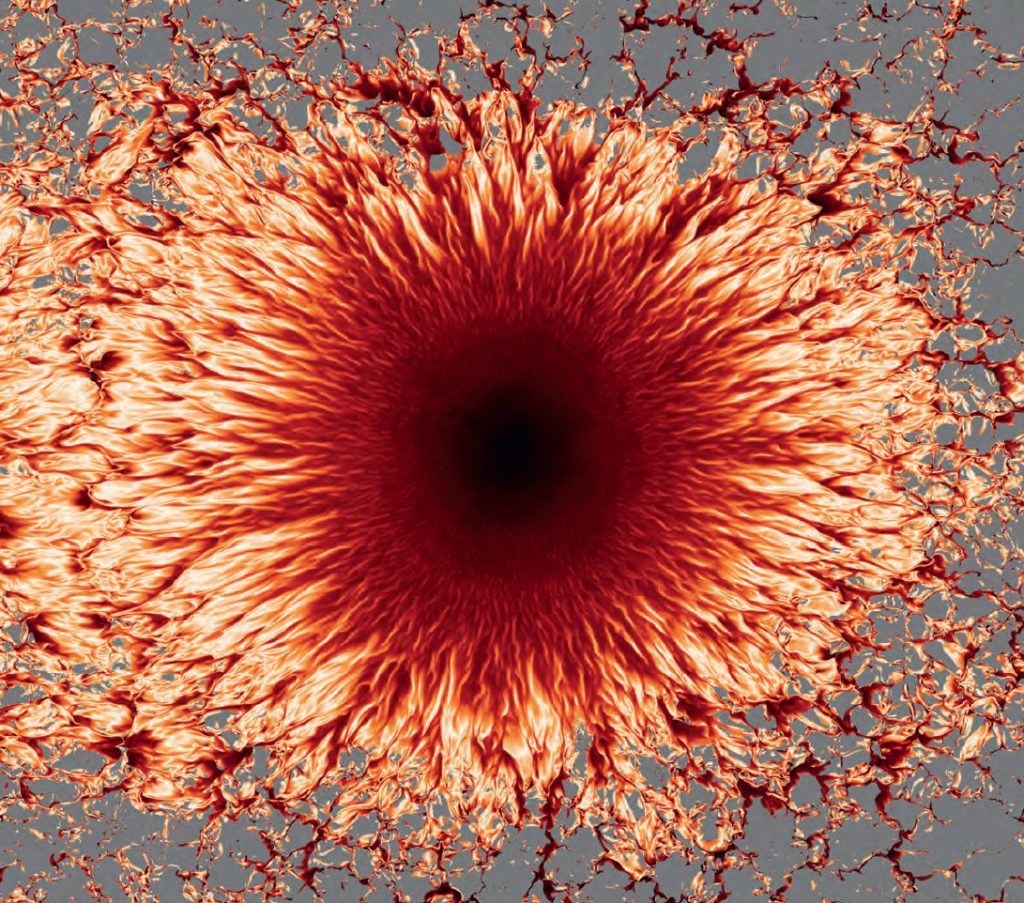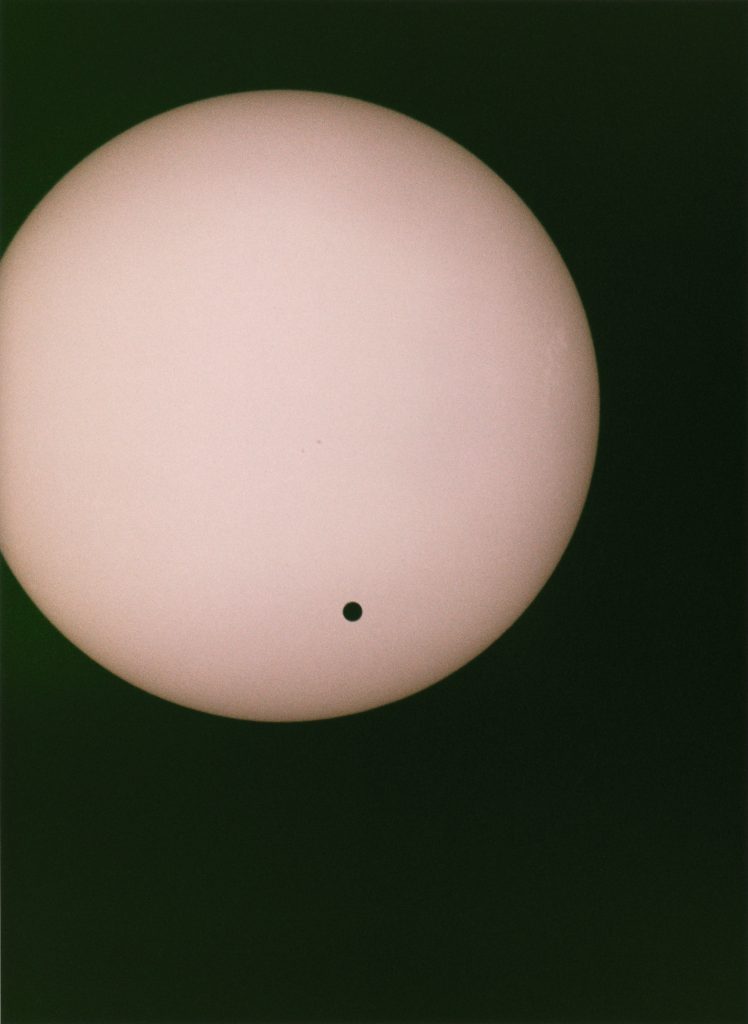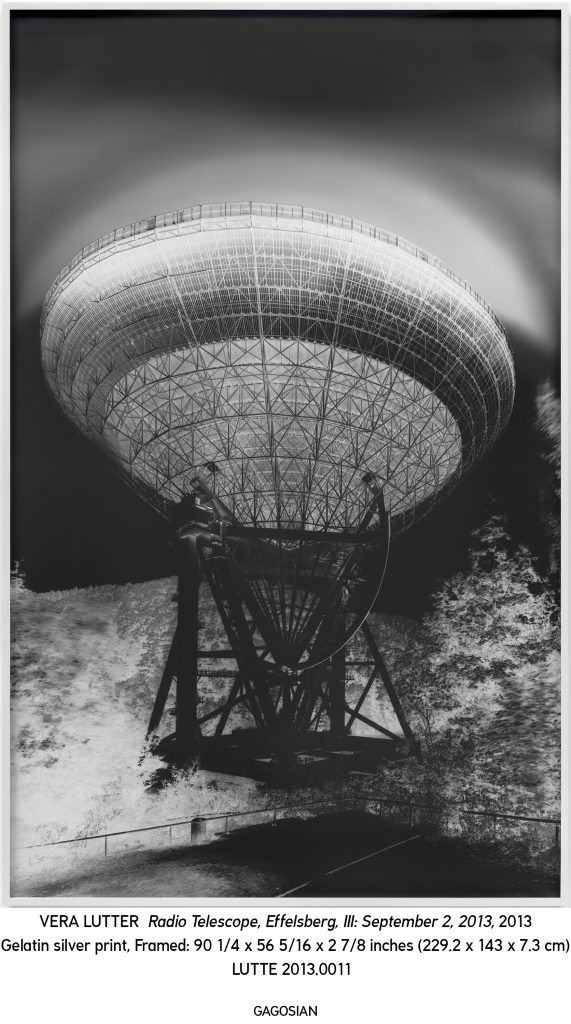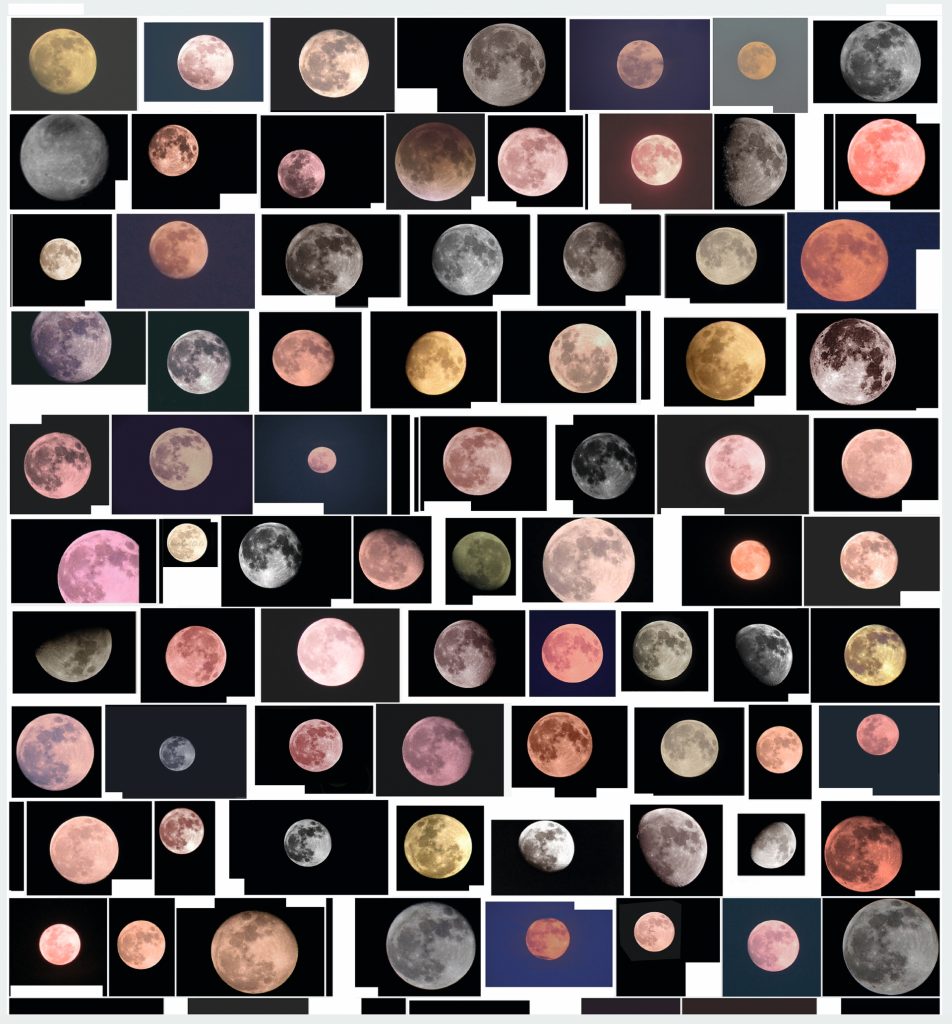Crash course in Cosmos
From Big Bang to Big Chill
Yannick Fritschy describes the moment the lights came on in the universe, as well as what happened next in the cosmos. 'The beginning was spectacular, but after that, everything just went its usual way.'

What are the highlights of the history of the universe? You’d think there are too many to name—but surprisingly, that’s not the case. The beginning was spectacular, but after that, everything just settled into its rhythm. So let’s travel back to that first phase. And that’s precisely where it gets tricky.
If we imagine the history of the universe as a 90-minute football match, humanity enters the stadium just 0.06 seconds before the final whistle. So, we’ve missed all the early spectacle by a long shot. Luckily, astronomers can still “rewatch” much of the universe’s origin—through starlight. Modern telescopes can capture light from extremely distant stars. And because that light has traveled such an immense distance, it has taken a very long time to reach Earth—thousands, millions, even billions of years. That means we don’t see those stars as they are today, but as they looked thousands, millions, or even billions of years ago. When you look at distant stars, you’re essentially looking far back in time.
But there’s a limit. Telescopes collect light—but in the first few years after the Big Bang, the universe was pitch-dark. Much about the origin and history of the universe remains a mystery. Still, here’s what astronomers currently believe happened—along with the five biggest unsolved puzzles we need to crack to understand the cosmos even better.

Let There Be Light
13.7 billion years ago, the entire universe was compressed into a single point. Then came a massive explosion: the Big Bang. This immediately brings us to the first major mystery in modern cosmology: the Big Bang itself cannot be described mathematically. All the equations break down. The idea is that the universe came into being with this explosion. Before that, there was nothing—no matter, no energy, not even space or time. No one currently has an answer to the question of what came before the Big Bang.
The Big Bang theory is based on the discovery that we live in an expanding universe. And something that’s constantly expanding must have once been extremely small—so small it could fit into a single point. That brings us to the second great cosmological mystery: the gravity of all the stars and planets should be slowing this expansion down. And yet, for the past ten billion years, the universe has actually been expanding faster and faster. Scientists therefore believe that some mysterious force is working against gravity—this is what we call dark energy. Astonishingly, about two-thirds of the universe is thought to consist of this dark energy. But what it actually is, no one knows.
In the first few years after the Big Bang, the universe was an unimaginably hot, swirling soup of radiation. As the universe expanded, it gradually cooled. With this cooling, the particles of radiation lost energy. Around 380,000 years after the Big Bang, matter particles stopped rushing chaotically around and began to bond with one another. This is when the first atoms formed. These bonds meant that light particles were no longer constantly blocked by free-floating matter particles—they could travel freely through the universe. In other words: the lights came on in the cosmos. Astronomers can still detect this very first light today. Known as the cosmic background radiation, it marks the farthest point in time we can currently look back to.

'If we see the history of the universe as a football match, humanity enters the stadium just 0.06 seconds before the final whistle.'

BLACK HOLE
Shortly afterward, one of the other major highlights in the history of the universe took place: from massive clouds of clumped particles, the first stars were born—sometimes alone, but often in pairs. All these single and double stars are part of large galaxies, which in turn are grouped into even larger clusters of galaxies. Our Sun, for example, is part of the Milky Way, which, together with the Andromeda Nebula and a few dozen smaller galaxies, forms the Local Group.
The Milky Way is a spiral-shaped galaxy, which brings us to the third cosmological mystery. In many such spiral galaxies, the stars on the outskirts move faster than gravity alone would predict. It seems there’s a lot of invisible material in these galaxies that gives the outer stars an extra push. Scientists call this material dark matter. They believe the universe contains up to five times more dark matter than visible matter. But what this stuff actually is, no one knows.
Because of the mysteries surrounding dark matter and dark energy, it’s very difficult to predict the universe’s future. Perhaps the universe will keep expanding and cooling forever—a so-called big chill—but a complete collapse remains a possibility as well. More is known about the end of stars. Stars like the Sun first grow larger, then shrink, and eventually fade out slowly. Heavier stars behave more like rock stars: they live short but intense lives and end in spectacular fashion. In a so-called supernova explosion, the star ejects a large portion of its matter into space—material from which new stars can form.
What’s left of the star collapses under its own weight into an extremely compact object. In the case of very massive stars, that remnant becomes a neutron star—a ball of neutrons about ten kilometers in diameter but several times more massive than the Sun. And it can get even more extreme: some stars are so massive that at the end of their lives, they collapse into an object in which all their mass is concentrated in a single point. This point is so dense that anything that comes too close is inescapably pulled in. Not even light can escape. Such an object is called a black hole.
As with the Big Bang, formulas also fail to describe how all this matter is compressed into a single point. Black holes thus form the fourth great cosmological mystery. But they might also hold the key to solving the first. Unlike the Big Bang, astronomers can observe black holes—by studying the movement of the stars around them. Greater understanding of black holes may one day lead to deeper insight into the origin of the universe itself.

MULTIVERSE
About 4.5 billion years ago, the Sun formed from the material ejected by a dying star. Around the Sun, a disc of stardust developed, from which the Earth, the Moon, and the other planets in our solar system eventually formed. Astronomers are now also discovering planetary systems around other stars. Thousands of such exoplanets have been identified so far.
The more planets we find, the greater the chance that we are not alone in the universe—because Earth doesn’t seem special at all. We live on an ordinary planet, orbiting an ordinary star in an ordinary galaxy. Perhaps there’s another system out there, with a similar star, a similar planet, and even similar inhabitants.
Whether or not extraterrestrial life exists, the fundamental question remains: why is there life in the universe at all? This is the fifth great cosmological mystery. The values of key physical constants—such as gravity and the speed of light—seem perfectly tuned for the formation of stars, planets, and eventually, people. Change any of these values even slightly in simulations, and you end up with a universe full of radiation, or a frozen void, or one that collapses in on itself immediately after the Big Bang. In any case, you don’t get habitable worlds.
This apparent fine-tuning for our existence frustrates cosmologists. It’s as if we’ve won a cosmic lottery—but are the only ones playing. It feels far too coincidental to be true. But there may be a solution.
Maybe there isn’t just one universe, but many. In that case, our universe is part of a multiverse: a collection of separate universes drifting alongside each other like bubbles in a pool of water. Our universe happens to have stars and planets; the others might not. We still won the lottery, but now we’re no longer the only participant. Around us are countless losing tickets.
The multiverse may sound like a far-fetched trick. But in fact, it fits rather well into the historical pattern of astronomical discoveries, each of which forced us to reconsider our place in the cosmos. First, we thought Earth was the center of the universe. Then we learned that Earth orbits the Sun. Then the Sun was shown to orbit the center of the Milky Way. Then we found the Milky Way to be just one of many galaxies. By now, it would hardly be surprising if our universe, too, were simply one of many.
Maybe, one day, we’ll know more—once we’ve solved these five cosmic mysteries.




















